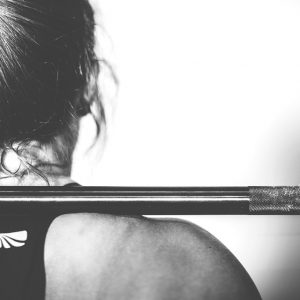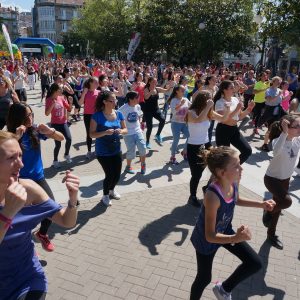Prerequisite – Health & Fitness II BRE201 or equivalent.
COURSE STRUCTURE
There are 7 lessons as follows:
- Health Risk factors
- The Health Care System
- Social Factors
- Managing Health & Fitness
- Fitness Test Comparisons
- Analysis of Fitness Tests
- Analysis of Sports Skills
AIMS
- Explain health risk factors in modern society.
- Analyse the health care system, to determine preferred options for different individuals.
- Determine social factors which may effect the status of health and fitness.
- Evaluate different individual approaches to managing health and fitness, including both services and facilities.
- Compare different fitness tests for different motor abilities.
- Demonstrate statistical techniques used to analyse fitness test results.
- Use fitness tests to analyse different sports skills.
EXAMPLES OF WHAT YOU MAY DO
- List sources of both physical and psychological health risk factors in modern society.
- Describe sources of health risk factors in modern society.
- Determine the effects of health risk factors in different case studies.
- Develop guidelines for minimising health risks in different situations including:
- a specified workplace situation
- a specified home situation
- List the components of the public health care system, including preventative and treatment services.
- Develop a scenario for an individual interested in taking up private health insurance.
- Compare private with public (government) health care systems, referring to quality of service, efficiencies and costs.
- There are many complaints about public and private health care systems. Explain the limitations of the pubic health care system for different individuals.
- Explain government initiatives in the area of preventative health care.
- Explain how the appraisal of people by society can influence levels of health and fitness.
- Describe two different examples of political decisions affecting the health and fitness status of a group of people.
- Describe different physiological effects which may indicate stress.
- Explain the effect of stress on health and fitness in a case study.
- List methods used to treat different specified health and fitness problems, other than diseases, including both preventative and curative approaches.
- Describe different methods which could be used to treat each of the following health and fitness problems:
- high blood pressure
- asthma
- drug addiction
- chronic fatigue syndrome
- Compare different methods used to treat other health and fitness problems
- Recommend changes in lifestyle practices to improve health management for different case studies.
- Explain different tests used to evaluate strength, power and muscular endurance
- Explain different tests used to evaluate flexibility, agility and balance
- Explain different tests used to evaluate cardiovascular endurance
- Explain different tests used to evaluate general motor ability
- List the criteria used to select an appropriate test for testing motor abilities in one of the following sports.
- Football (rugby/union/touch/soccer)
- tennis
- swimming
- netball
- Discuss the value of statistics in assessing fitness test results.
- Explain descriptive statistical methods used in a fitness evaluation.
- Explain comparative statistical methods used in a fitness evaluation.
- Explain inferential statistical methods used in a fitness evaluation.
- Compile the results of a statistical analysis of a twelve month series of fitness tests and interpret the results in the form of either graphs, charts or tables.
- Submit resource file that you have commenced for the beginning of the course.
- Explain different tests used to evaluate individual-participant sports skills.
- Explain different tests used to evaluate dual-participant sports skills.
- Explain different tests used to evaluate multiple-participant sports skills.
- List the criteria used to select appropriate tests for athletes in different sports
- Explain in an illustrated summary (drawn or photograph), coaching principles for a sport skill of your choice.
- Write a report analysing the results of a series of fitness tests conducted to determine whether a person is fit to play a specified type of sport





